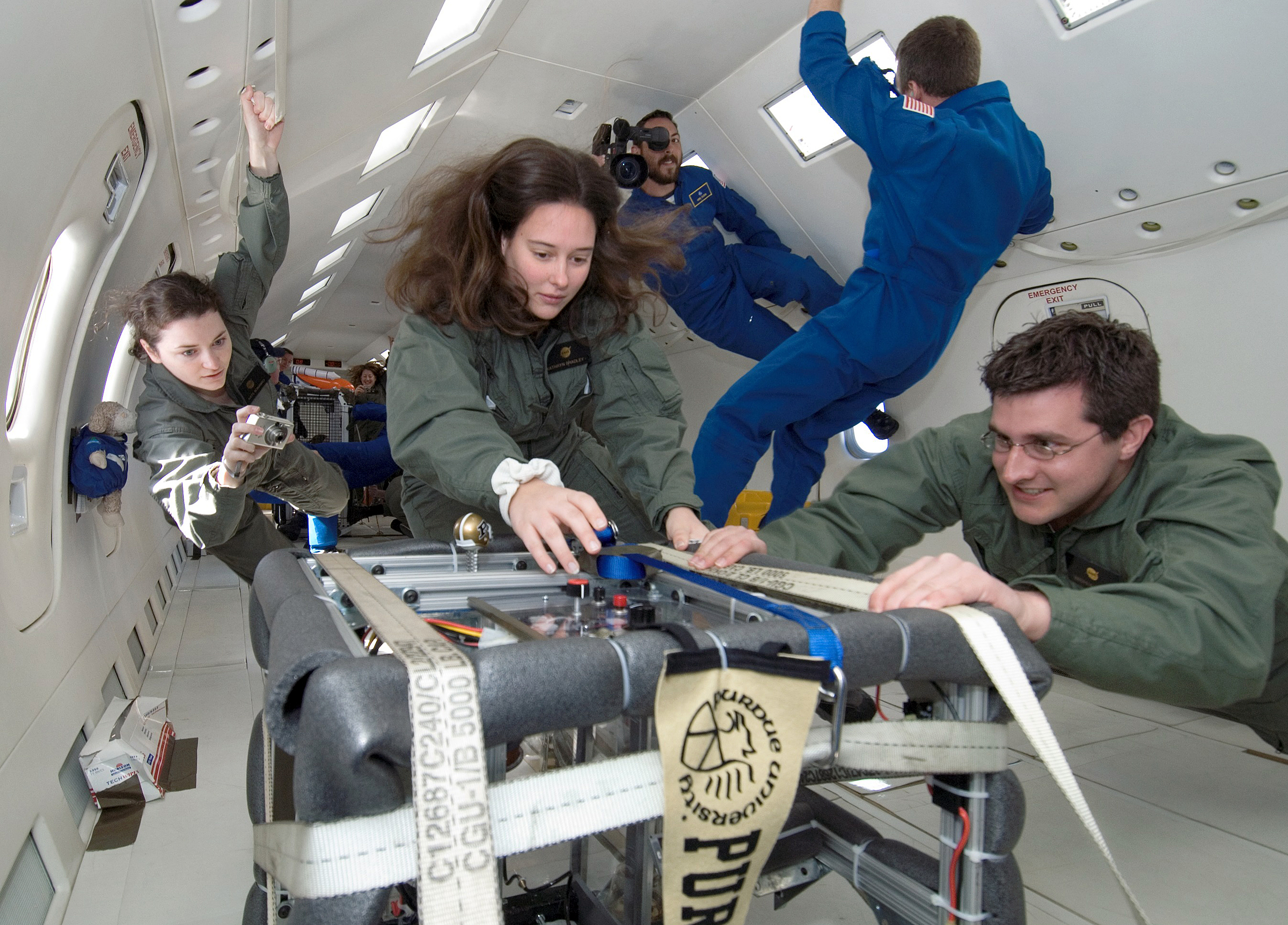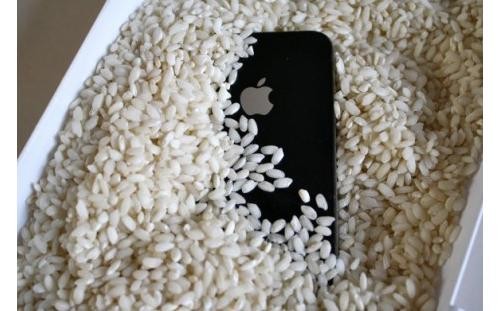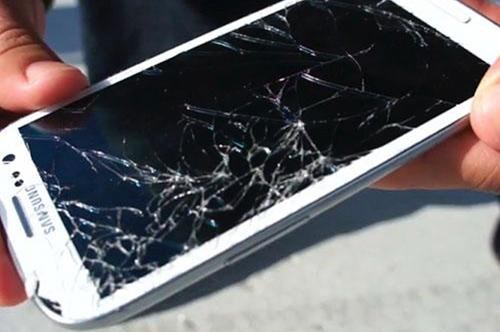India is under threat from cyber criminals: Security firm Kaspersky
India is increasingly on the radar of cybercriminals from countries like China, Russia and the US, who are using advanced persistent threat (APT) attacks to steal data from consumers and enterprises, security software firm Kaspersky said.
APT refers to a format where the attacker gains access to a network/device and stays there undetected for a long period of time. The motive of the attack is to steal data and there is a longer term damage to the organisation/user.
“APT attacks are on the rise globally and those affecting India are also growing. These attacks are originating from China, the US and Russia among other countries. A major chunk of the attacks like Equation, Turla, Darkhotel, Regin, Cloud Atlas infected India as well,” Kaspersky Lab Deputy Director Global Research and Analysis Team Sergey Novikov told reporters here.
He added that while there were three APT announcements in 2012, the number grew to seven in 2013, 11 in 2014 and 10 in the first half of 2015.
“As more and more devices get connected to the Internet/network, the level of sophistication of these attacks is also on the rise,” he said.
Novikov said the line of distinction between state- sponsored cyber attacks and those by criminal gangs is diminishing as similar techniques often get used.
“However, it is difficult to establish whether they are working together,” he added.
Stuxnet is a example of APT attack. The malicious worm is believed to have been jointly built American-Israeli cyber weapon to sabotage Iran’s nuclear programme.
Rainer Bock, Head of Strategic Projects at the company said one could see more complex attacks going ahead, including state-sponsored ones.
“Also, the vectors of attacks will evolve. From attacking devices, cybercriminals are now looking at networks and communication channels like WiFi, Bluetooth and 3G,” he added.
Targets of these attacks are also evolving as newer devices like ATM and PoS machines, smart cities and connected cars are now on the radar, he said.
India is increasingly on the radar of cybercriminals from countries like China, Russia and the US, who are using advanced persistent threat (APT) attacks to steal data from consumers and enterprises, security software firm Kaspersky said.
APT refers to a format where the attacker gains access to a network/device and stays there undetected for a long period of time. The motive of the attack is to steal data and there is a longer term damage to the organisation/user.
“APT attacks are on the rise globally and those affecting India are also growing. These attacks are originating from China, the US and Russia among other countries. A major chunk of the attacks like Equation, Turla, Darkhotel, Regin, Cloud Atlas infected India as well,” Kaspersky Lab Deputy Director Global Research and Analysis Team Sergey Novikov told reporters here.
He added that while there were three APT announcements in 2012, the number grew to seven in 2013, 11 in 2014 and 10 in the first half of 2015.
“As more and more devices get connected to the Internet/network, the level of sophistication of these attacks is also on the rise,” he said.
Novikov said the line of distinction between state- sponsored cyber attacks and those by criminal gangs is diminishing as similar techniques often get used.
“However, it is difficult to establish whether they are working together,” he added.
Stuxnet is a example of APT attack. The malicious worm is believed to have been jointly built American-Israeli cyber weapon to sabotage Iran’s nuclear programme.
Rainer Bock, Head of Strategic Projects at the company said one could see more complex attacks going ahead, including state-sponsored ones.
“Also, the vectors of attacks will evolve. From attacking devices, cybercriminals are now looking at networks and communication channels like WiFi, Bluetooth and 3G,” he added.
Targets of these attacks are also evolving as newer devices like ATM and PoS machines, smart cities and connected cars are now on the radar, he said.












